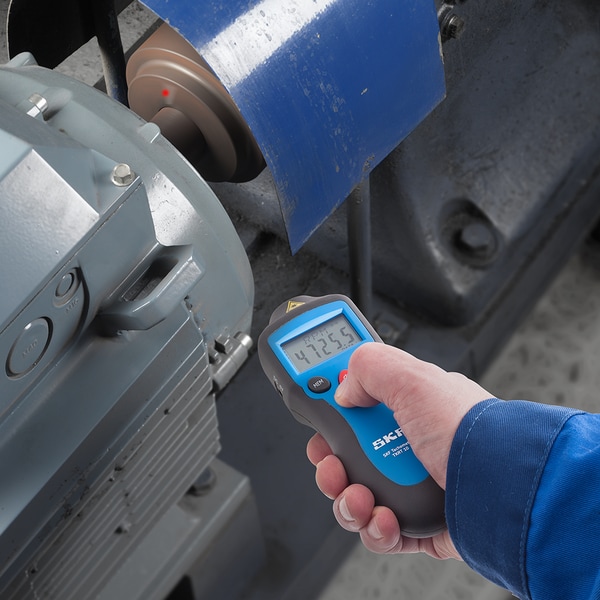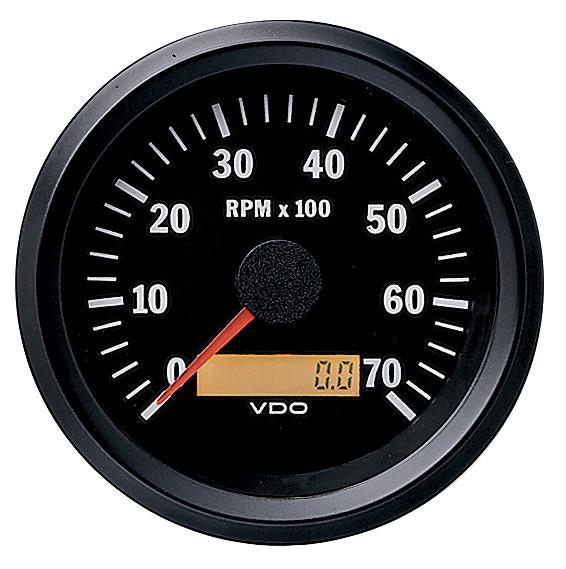Specialist Tips for Keeping and Adjusting Your Tachometer
Specialist Tips for Keeping and Adjusting Your Tachometer
Blog Article
The Significance of a Tachometer in Checking Engine Speed and Efficiency in Automotive Applications
In the world of auto engineering, the tachometer stands as an essential tool in the motorist's collection, providing a direct window into the inner functions of an automobile's engine. Beyond its function as a plain scale of changes per min (RPM), the tachometer offers as a crucial tool for enthusiasts and professionals alike, providing real-time insights into engine efficiency and wellness.
Importance of Keeping An Eye On Engine RPM
Monitoring engine RPM, or changes per minute, is a critical element of auto upkeep and performance analysis. Engine RPM directly associates with the speed at which the engine's crankshaft rotates, suggesting how swiftly the engine is running - tachometer. By keeping an eye on RPM, technicians can analyze the health and wellness of the engine, find prospective problems, and fine-tune performance. An abnormal RPM analysis might indicate problems such as engine misfires, damaged ignition system, or problems with the fuel distribution system. Continually high RPM readings could show hostile driving practices or the need for a greater gear change to boost fuel efficiency.
Furthermore, keeping an eye on engine RPM is vital for efficiency examination in racing and high-performance automobiles. Maintaining ideal RPM levels is vital for achieving peak power result and acceleration. Racers commonly use tachometers to guarantee they are operating within the optimal RPM range for maximum efficiency. In summary, keeping an eye on engine RPM is not just important for detecting problems yet also for enhancing engine efficiency in various vehicle applications.

Advantages of Real-Time Data
In automobile applications, real-time data plays a vital duty in giving instantaneous insights into the efficiency and problem of the automobile. By continually keeping an eye on various parameters such as engine rate, temperature, gas consumption, and much more, real-time data uses many advantages that add to improved efficiency and safety on the road.
One significant advantage of real-time information is its capacity to sharp vehicle drivers and professionals to any kind of abnormalities or problems quickly. This proactive approach enables fast recognition of prospective problems, permitting prompt interventions to stop further damage or failures. Additionally, real-time data helps with efficiency optimization by supplying instant feedback on driving behaviors and engine effectiveness. Chauffeurs can readjust their habits in real-time based on this details to accomplish better gas economy and lengthen the life expectancy of their vehicle.

In addition, real-time data plays a crucial role in contemporary auto diagnostics, allowing professionals to rapidly detect click reference and address malfunctions. This brings about reduced downtime, lower upkeep costs, and eventually, enhanced total look here vehicle dependability and long life (tachometer). By utilizing the power of real-time information, auto stakeholders can make informed decisions that positively affect both the efficiency and longevity of the vehicle
Effect On Equipment Shifts
The tachometer plays an essential role in optimizing equipment changes by supplying real-time engine speed information to the driver. When approaching the redline on the tachometer, it signals the driver to upshift to prevent over-revving the engine and causing possible damages.
Additionally, the tachometer help in accomplishing smoother gear transitions, specifically in hand-operated transmissions. By checking engine speed, chauffeurs can perform equipment changes at the ideal RPM range, reducing snagging movements and reducing wear on the transmission parts. This precision in gear changes not just improves driving comfort yet likewise contributes to sustain performance.
Enhancing Fuel Efficiency
Offered the essential function the tachometer plays in optimizing equipment shifts for performance and engine wellness, it directly contributes to making best use of fuel efficiency in vehicle applications. By offering real-time responses on engine speed, the tachometer aids motorists in maintaining one of the most efficient RPM array for fuel economic climate. When drivers continually keep track of the tachometer and readjust their driving routines accordingly, they can try this site prevent unnecessary fuel intake triggered by over-revving or carrying the engine.
Moreover, the tachometer assists drivers determine one of the most fuel-efficient gear to be in at any type of provided moment, stopping the engine from functioning more difficult than needed. This is particularly important throughout acceleration and cruising, where remaining in the appropriate gear can substantially influence fuel effectiveness. Furthermore, the tachometer can alert chauffeurs to possible mechanical concerns that could be negatively impacting gas economic situation, such as a slipping clutch or a blocked air filter. In final thought, the tachometer offers as a valuable tool in improving gas performance by promoting optimal driving practices and determining locations for enhancement in the automobile's performance.

Making The Most Of Engine Durability
The tachometer's role in keeping track of engine rate and performance contributes in guaranteeing the longevity of auto engines. By making use of the tachometer successfully, chauffeurs can optimize engine long life with mindful RPM management. Continually revving an engine too expensive can result in excessive damage on vital components, such as the pistons, shutoffs, and bearings. Gradually, this can result in lowered engine performance and potential breakdowns. Keeping track of the tachometer permits motorists to stay within the advised RPM range for their lorry, stopping unnecessary stress on the engine and extending its life-span.

Final Thought
To conclude, the tachometer plays an important function in checking engine speed and efficiency in automotive applications. By supplying real-time information on RPM, it allows for effective gear shifts, improved gas performance, and taken full advantage of engine longevity. This tool is important for maintaining optimum engine efficiency and making certain the overall performance of an automobile.
Report this page